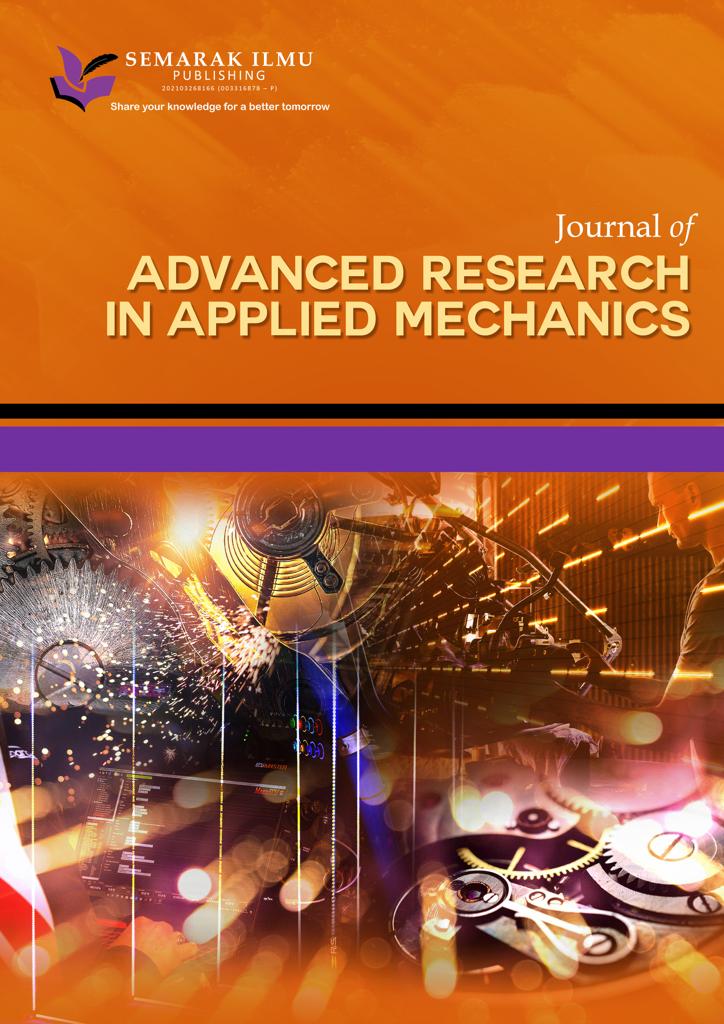The Application of Particle Swarm Optimization in Estimating Potential Evapotranspiration: A Brief Review
Keywords:
Hydrological process, artificial intelligence, potential evapotranspiration, particle swarm optimizationAbstract
In hydrological cycle, evapotranspiration (ET) is one of the tedious processes to measure. This has caused a massive development of empirical estimation models and the most accurate is Food and Agricultural Organization-56 Penman-Montieth model (FPM-56). The setback of this model is its data demanding which is not applicable at data scarce region and more simple models are preferable. To that avail, evolution of optimization from soft computing, enhancing the performance of simpler empirical models in estimating ET. This paper highlights the application of particle swarm optimization (PSO) in catering the estimation for potential evapotranspiration (ETp). Although the number of papers in literature related to PSO application in hydrology or anyother areas increases exponentially, the concerns is soft computing models keep advancing gambling the validity of today’s model improvement such ET estimation empirical model. To have a model that pertinent for a long time still needs a calibration from physical direct measurement. Despite all the arguments, a comprehensive AI algorithm is yet to come.
Downloads























